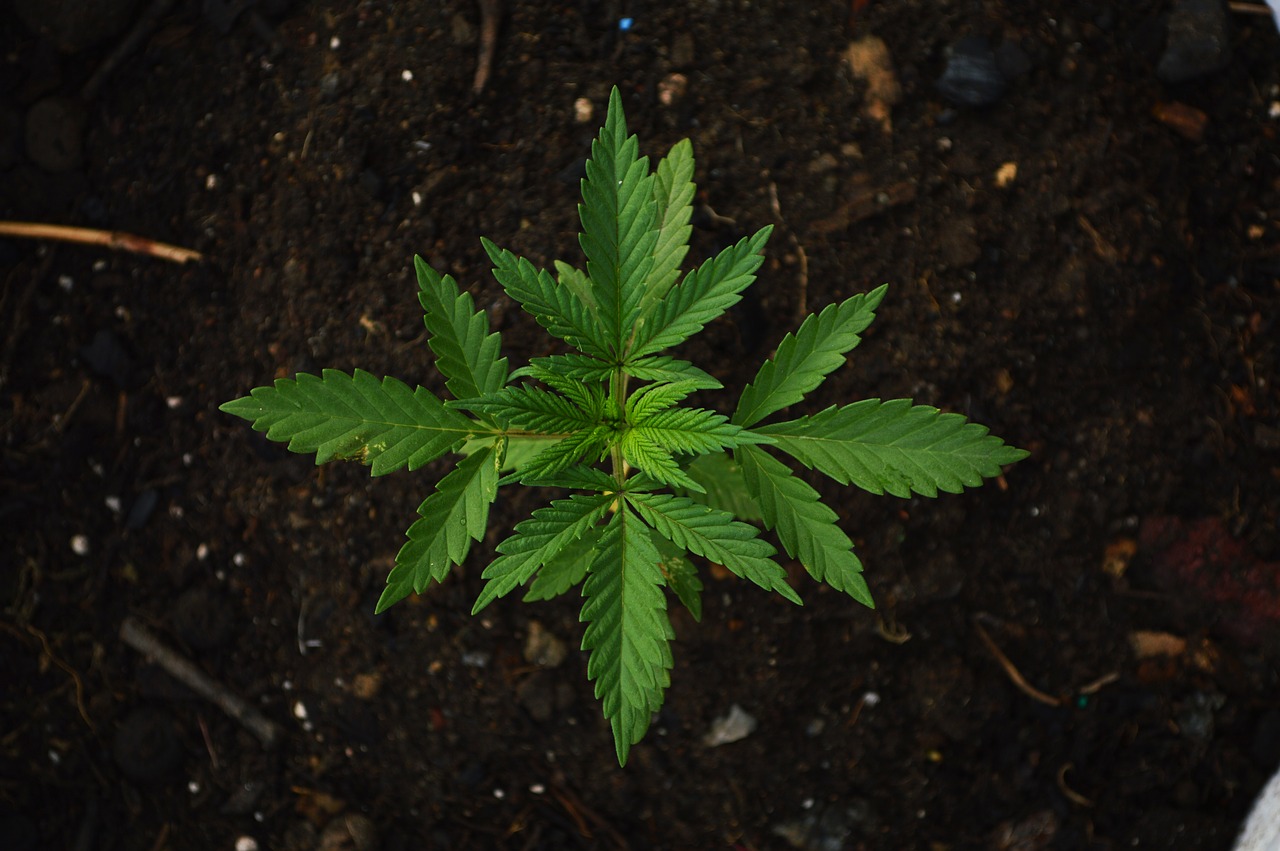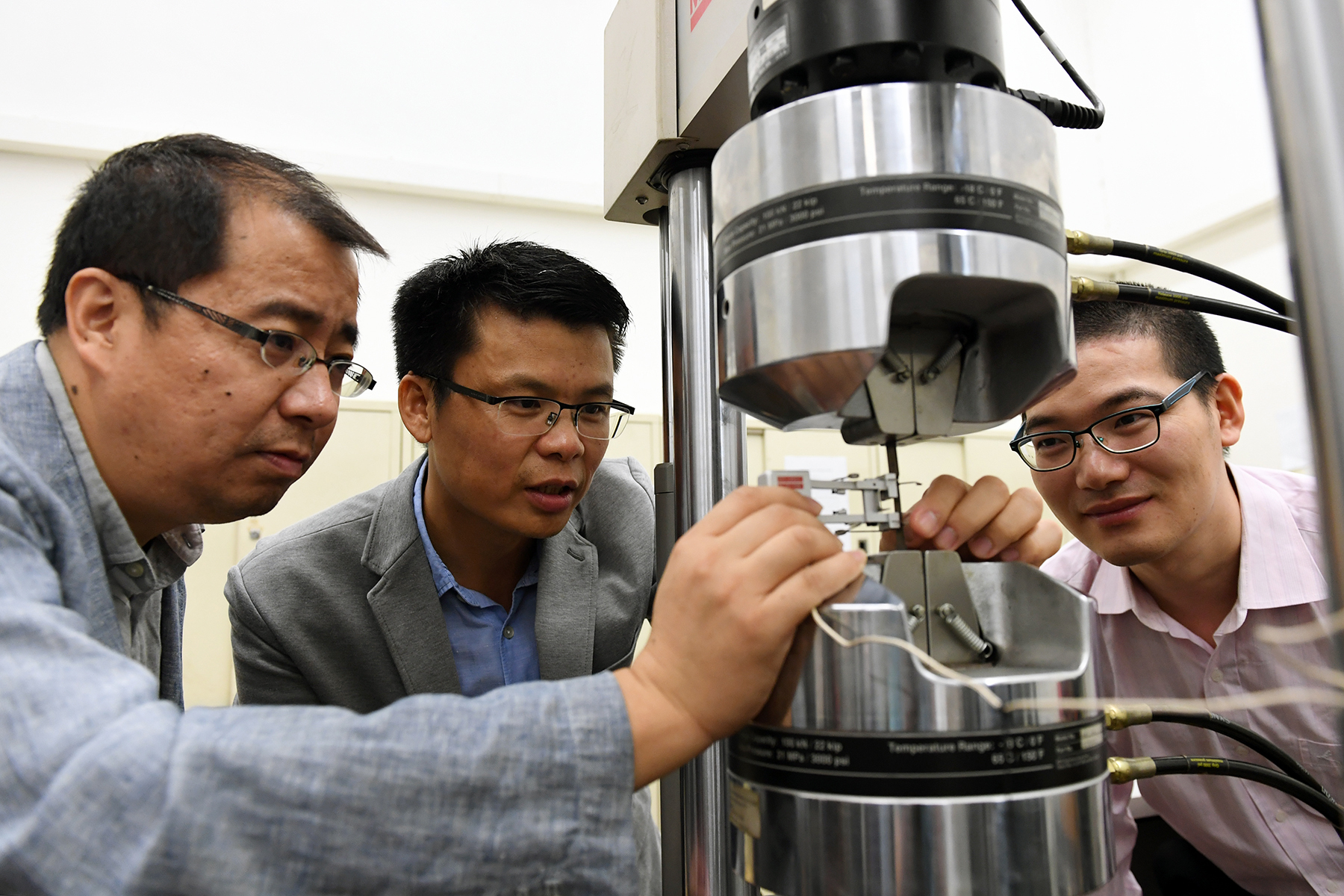Weekly Review #26 – Summary of the latest news in science and technology research across the world, carefully handpicked by team Research Stash
Humans Could Have 20% Fewer Coding Genes Than We Thought, Which Opens a New Mystery
The human genome may contain up to 20 percent fewer coding genes than scientists previously estimated, according to indications from new research. Read More
Scientists Made Electrons ‘Surf’ On Waves of Plasma in Groundbreaking Physics Experiment
Scientists at the European Organization for Nuclear Research (CERN)—operators of the world’s largest particle physics lab—have conducted a groundbreaking experiment demonstrating a new technique for accelerating electrons to very high energies over short distances. Read More
Massive effort yields image-based cell sorting technology
IACS is an intelligent machine that integrates optical, microfluidic, electrical, computational, and mechanical technology to sort cells based not only on their global phenotypic profiles but also on their spatial and morphological properties using an image-driven approach. Read more
Physics Milestone as Scientists Finally Observe Predicted Higgs Boson Particle Decay
Six years after the strange, elusive Higgs boson particle was discovered, scientists working with the world’s largest particle accelerator have finally observed its mysterious, yet most common, decaying process. Read More
Scientists identify 35 genes associated with cannabis use
A large-scale genetic study found that some of the same genes associated with the use of cannabis are also associated with certain personality types and psychiatric conditions. Read More
Researchers Edited Mice Genes to Stop Them from Dreaming
We spend nearly half of our lives asleep, but many of the physiological aspects involved with regulating shut-eye are still a mystery to researchers. Read More
Scientists Just Discovered a Huge, Hidden Coral Reef Off The US Coast
Humans have been regularly traversing the Atlantic Ocean for going on six centuries, establishing the most efficient trade routes to haul people and goods, sharing details of the best places to pick up the speediest winds, occasionally using radar and satellites to thread a plane through a Category 5 hurricane. Read More
Scientists Discover A New Type Of Brain Cell In Humans
An international team of 34 scientists has identified a new type of brain cell in humans not found in other well-studied species. Read More
15 Years Ago, We Sequenced the Human Genome. Now We Can 3D Map It
In 2003, researchers sequenced the human genome for the first time, writing out all 3 billion of the DNA base pairs that dictate every aspect of our makeup. Read More
Humans can withstand stronger gravity found on distant exoplanets, say, physicists
How much stronger would gravity have to be before humans would find it impossible to walk? That question could face humanity if it ever embarks on the colonization of exoplanets – planets orbiting stars other than the Sun. Read More
If you liked this article, then please subscribe to our YouTube Channel for the latest Science & Tech news. You can also find us on Twitter & Facebook.



